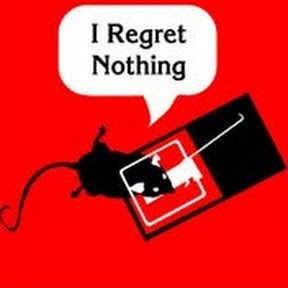Will this finally make people accept that environmentalism is not some hippy-dippy rich people idea but a question of survival for our species? Unfortunately I’m not optimistic.
But if we’re wrong about climate change we’ll have made the air breathable for no reason. ლ(ಠ益ಠლ)
And just think about all the species that won’t go extinct! All for nothing!
The rich will stay inside their climate controlled, air filtered palaces and send the poors out to the wasteland to fetch what they need.
Probably not, or at least to the people who could make a difference.
The life long suffering and consequences of pollution this brings to people - This is a horrible situation. I’m honestly surprised there’s not better reporting of the people dying from this.
I remember the smoke from the Canadian fires. I couldn’t go outside (not that inside was better) and there was no getting a workout in without inducing burning in my lungs.
🤖 I’m a bot that provides automatic summaries for articles:
Click here to see the summary
Toxic grey smog has sickened tens of thousands of people across Pakistan and India, forcing authorities to shut down schools and outdoor activities.
In Pakistan’s cultural capital city of Lahore, schools, markets and parks are being shut for four days as doctors advised people to wear face masks and stay home and residents reported coughing and breathing problems.
In Lahore, Pakistan, the concentration of dangerous PM 2.5 particles — so tiny they can enter the bloodstream — approached 450 on Thursday, considered hazardous.
Similarly in Delhi, levels of PM2.5 were on Friday almost 35 times the daily maximum recommended by the World Health Organization, according to monitoring firm IQAir.
The resultant smoke from the clearing practice has typically accounted for 30 to 40 per cent of Delhi’s October-November pollution, according to the Indian federal air-quality monitoring agency SAFAR.
Eye-stinging and lung-burning smog peaks from October to February when colder air traps pollution, with residents advised to wear face masks outside at all times.
Saved 39% of original text.
Finally united!




